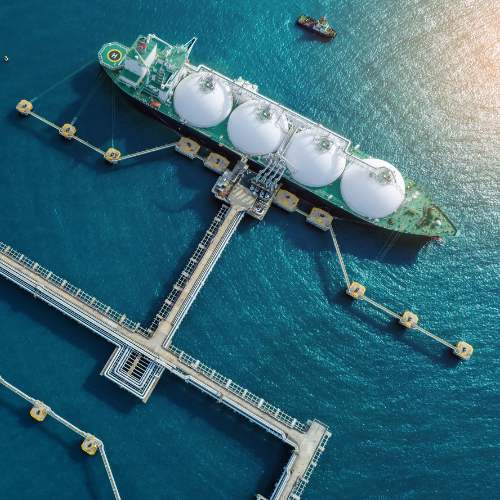ENERGY
DEMAND
Balancing rising power demand with ambitious decarbonisation objectives to deliver a pragmatic energy transition
The Strategic Summit at Japan Energy Summit & Exhibition unites the most influential leaders and decision-makers in the global energy sector to drive critical discussions that are essential for advancing the energy transition.
Over the course of three days, delegates will delve into key topics such as energy demand, security, sustainability, transformation, and the role of AI and digitalisation. Featuring keynote speeches, expert panel discussions, and in-depth case studies, the Summit will provide groundbreaking insights into the challenges and opportunities shaping the energy landscape.
Delegates can anticipate discussions around balancing power demand with decarbonisation efforts, leveraging international collaboration to foster innovation, and exploring the latest solutions in energy efficiency and digitalisation. This event offers a comprehensive platform for energy leaders to navigate complex challenges, form strategic partnerships, and seize opportunities, all with the goal of ensuring a sustainable and resilient energy future.
Delegates attending the strategic summit will hear game-changing insights as they provide visionary leadership and the strategic direction necessary for navigating the complex landscape of global energy markets.
This assembly of leaders from across the global energy industry represents a broad range of experience and perspectives focused on addressing the challenges facing the energy industry today and the path forward to a secure and stable energy future.
With a commitment to fostering collaboration and open dialogue, the executive committee members are leading the agenda that will determine the course for a successful energy transition and a sustainable, just global energy system of tomorrow.
Their expertise has been crucial in identifying and selecting the most innovative and insightful speakers for the event to deliver a world-class strategic summit.
The strategic themes at the Japan Energy Summit & Exhibition are carefully curated to ensure that industry leaders, policymakers, investors, and innovators can engage in meaningful discussions about the business-critical topics most relevant to this industry.

Balancing rising power demand with ambitious decarbonisation objectives to deliver a pragmatic energy transition
Balancing rising power demand with ambitious decarbonisation objectives to deliver a pragmatic energy transition

Leveraging finance, investment, and technology to accelerate the deployment of tomorrow's green industry
Leveraging finance, investment, and technology to accelerate the deployment of tomorrow's green industry

Maintaining a robust low carbon energy mix to ensure supply resilience under different scenarios
Maintaining a robust low carbon energy mix to ensure supply resilience under different scenarios

Fostering global partnerships to secure energy supply, promote technology sharing, and sustain Japan’s role in the global energy market
Fostering global partnerships to secure energy supply, promote technology sharing, and sustain Japan’s role in the global energy market

Developing and commercialising new digital technologies to achieve decarbonised societies
Developing and commercialising new digital technologies to achieve decarbonised societies